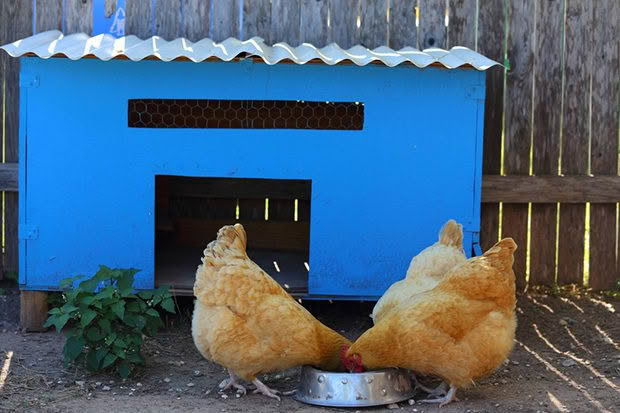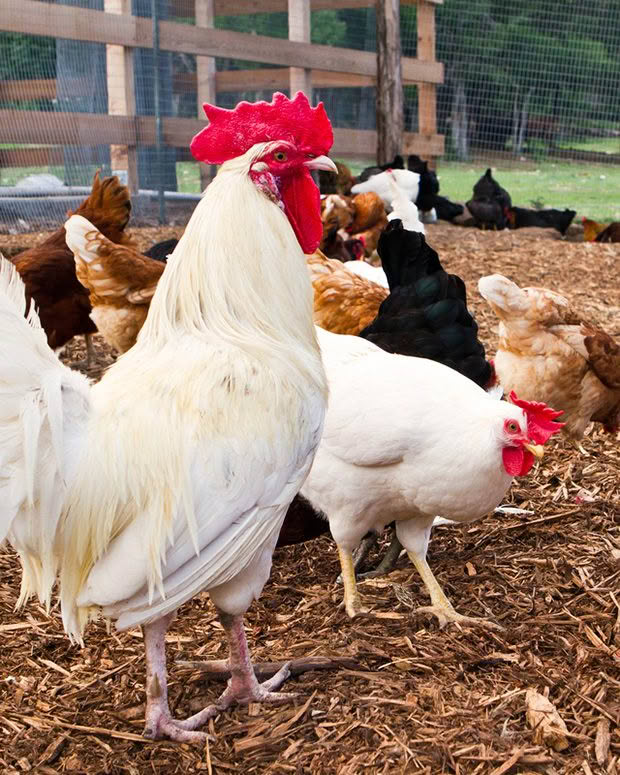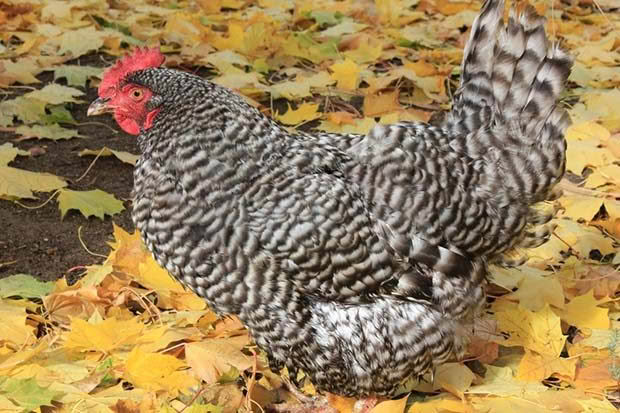Top tips for buying your first poultry flock
Avoid ruffling feathers when buying your first flock with our simple guide.
Words: Nadene Hall
There are lots of things to consider and decisions to make before you take the plunge and actually buy any birds, and a little investigation into breeders in your area should see you pay a fair price. The major consideration is why do you want to keep poultry?
Your answers to the following questions will point you in the direction of the right breeds for you:
- * Do you want friendly little egg machines that just live to produce a lovely warm brown egg every day for you for months and months on end?
- * Do you want to look at the wonderful variety of colours, plumage patterns, and different-coloured eggs from blue through green to olive, and from bright white to deep brown?
- * Do you want the delight of your flock multiplying, in which case you’ll need a rooster as well, and are you prepared for that?
- * Do you want to have a regular supply of birds to eat?
- * If you want to hatch chicks, are you prepared to spend the extra money required on an incubator, or trust to Mother Nature that your hens will go broody and raise chicks themselves, as that’s not always a given!
- * Where will you keep them?
- * How many do you want?

HENS FOR EGGS
Most people who want to keep hens usually expect to be able to collect eggs each day.There are a huge variety of breeds to choose from, and some are far better egg layers than others. Some breeds lay few eggs (10 to 30) and then go broody – many breeds of bantam are notorious for this. Other breeds will lay a reasonable number (maybe 150 to 200 per year), starting in early spring and continuing through until autumn.
New Hampshire Reds and Leghorns would fall into this category. Nature (falling daylight hours) then dictates that their bodies take a rest, that they moult out their feathers and then lay down new ones in preparation for the new laying season the following spring.

Leghorns are productive layers from spring to autumn.
Some pure breeds were known traditionally as good layers but in modern times have been selected only for their beautiful feathering by breeders at the expense of other important genetic factors such as the ability to lay plenty of eggs.
Probably Rhode Island Reds, Light Sussex and Barred Plymouth Rocks would fall into those breeds, although there will be different strains that can still lay a good number of eggs as well. Some of the very pretty breeds may be hopeless egg layers and even worse mothers (as often the mothering ability of a hen is not considered an important breeding factor and so is not selectively bred for).
All of this will need to be considered when it’s time to choose your flock. Alternatively you could just get ‘barnyard specials’ (crossbreeds) from a local poultry enthusiast and keep your fingers crossed they will look pretty and lay a few eggs.
Finally, there are commercial birds (Hyline and Shavers) that have been specially cross-bred for their fantastic egg-laying abilities.
AN EGG A DAY
If you have decided that eggs are the only priority you should get some commercial hybrids. The Hyline Brown and the Shaver Brown (which are both brown!) are the two breeds that comprise virtually 100% of the commercial poultry flock in New Zealand, and are bred to lay almost an egg a day.
To the untrained eye, the birds look the same and lay about the same number of eggs per year. You can buy them as one day old chicks from the major suppliers, who will courier them to you. Alternatively, you can buy them as pullets from professional rearers, or get them as adult “rescue” birds from commercial poultry farms. These birds are equally at home either free ranging or being kept inside, are brown feathered and lay brown eggs.
Some birds may need help learning to perch, and it will pay to acclimatise them slowly to cooler outdoor temperatures, as they will be quite sensitive, having spent the first 18 months of their lives in a temperature-controlled environment, and will not be used to fluctuating temperatures.

Autumn is a good time to buy poultry.
BUYING FROM A BREEDER
- You want to find someone with a good reputation, so ask around other poultry owners.
- If possible, go to the breeder’s property, check to see if it is clean, well-run and has healthy birds.
- Ask about the health history of the birds in question. Find out what health regimes the breeder uses, eg, how they treat for worms, mites, etc.
- Choose the healthiest-looking birds you can find, and go for the youngest birds so you get maximum production from your new stock.
- With purebred poultry, you may find that a serious breeder will only sell those that he or she can’t use in their breeding programme. That is, the bird might be a perfectly good layer but may not have the high standard of colouring or conformation that a breeder is looking for. They should be open about this and explain why. Much as you wouldn’t expect a professional cattle or sheep breeder to sell you their best stock, it’s the same for poultry, but it doesn’t mean you can’t get a quality bird all the same.
WHY AUTUMN IS A GOOD TIME TO BUY
Buying birds from a breeder in springtime is a good idea. Birds will be a year old and in peak condition for laying and breeding. However, birds ready for autumn sale have some interesting advantages. Firstly, you may be able to buy birds born the previous spring – so you’re getting them earlier, and just as they are coming into lay. Secondly, you may get the chance to buy some of last year’s purebred poultry that a breeder doesn’t want anymore at a bargain price – still perfectly fine if you’re a beginner to breeding, just not quite good enough for the club breeder who shows their birds.
 This article first appeared in NZ Lifestyle Block Magazine.
This article first appeared in NZ Lifestyle Block Magazine.
